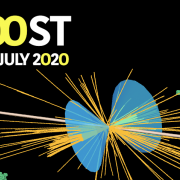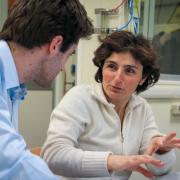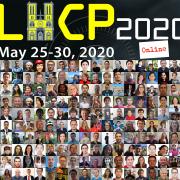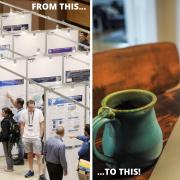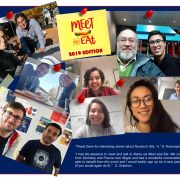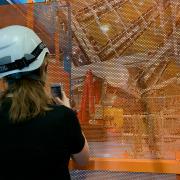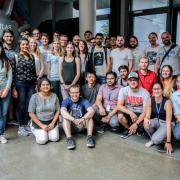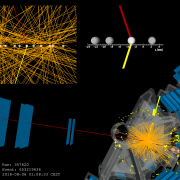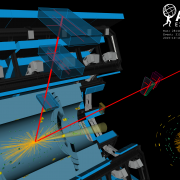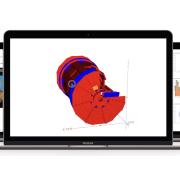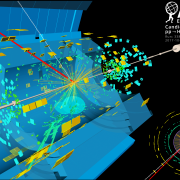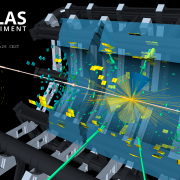Access to Collaboration Site and Physics Results
ATLAS Briefings
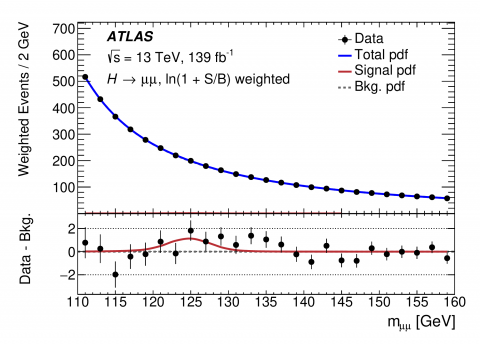
ATLAS one step closer in the search for rare Higgs boson decays to muons
– The ATLAS Collaboration has released a new paper on the search for the Higgs-boson decay to a pair of muons. The new study uses the entire dataset collected by the ATLAS experiment during Run 2 of the LHC (2015–2018) to give a first hint of this elusive process.Read more →
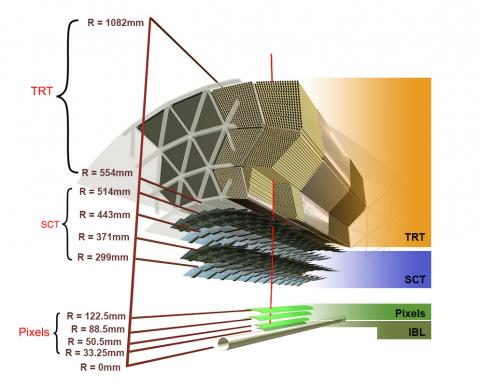
Keeping the ATLAS Inner Detector in perfect alignment
– How do you track a particle’s trajectory when your detector keeps moving? What if you find slight biases in your detector’s measurements? These were the challenges faced by the ATLAS Inner Detector during Run 2 of the LHC (2015–2018). Located at the heart of the experiment, the Inner Detector provides efficient and precise measurements of charged-particle tracks. In a new paper released today, physicists describe the complex solutions they developed to align the Inner Detector, ensuring the continued accuracy of the experiment.Read more →
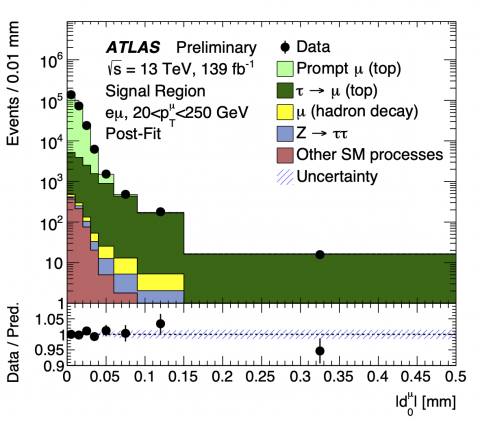
New ATLAS result addresses long-standing tension in the Standard Model
– This week, at the LHCP 2020 conference, the ATLAS Collaboration presented a precise measurement of lepton flavour universality using a brand-new technique. Physicists examined collision events where pairs of top quarks decay to pairs of W bosons, and subsequently into leptons. They then measured the relative probability that this lepton is a muon or a tau-lepton – a ratio known as R(τ/μ). According to the Standard Model, R(τ/μ) should be unity – but there has been long-standing tension with this prediction, ever since it was measured at the Large Electron-Positron (LEP) collider in the 1990s.Read more →
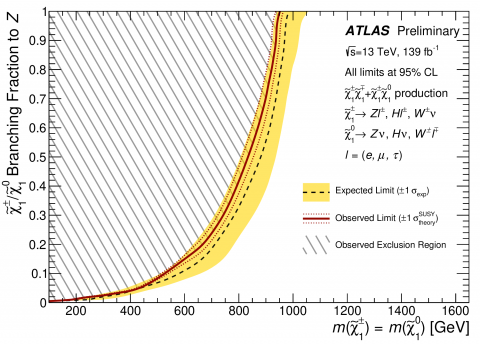
Fantastic decays and where to find them
– Supersymmetry offers an elegant solution to the limitations of the Standard Model, extending it to give each elementary particle a “superpartner” with different spin properties. Yet SUSY also contains interactions that would cause phenomena not observed in nature, such as the decay of protons. This has traditionally been avoided by requiring the conservation of a property known as “R-parity” (or “matter-parity”), which incorporates the baryon number, lepton number and spin. ATLAS physicists are also considering SUSY models with R-parity violation (or “RPV”), which would allow the lightest SUSY particle to be observed decaying directly into Standard Model particles.Read more →
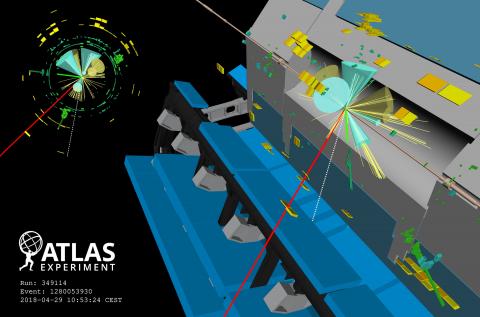
ATLAS finds evidence of spectacular four-top quark production
– In a new result released today, the ATLAS Collaboration announced strong evidence of the production of four top quarks. This rare Standard Model process is expected to occur only once for every 70 thousand pairs of top quarks created at the LHC and has proven extremely difficult to measure.Read more →
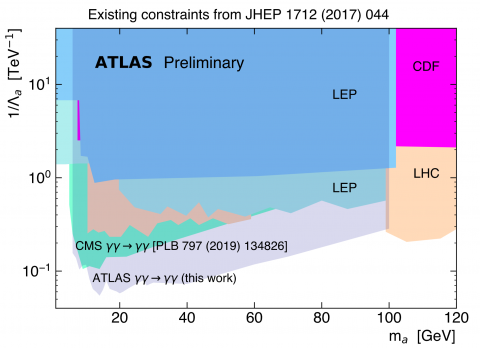
ATLAS measures light scattering on light and constrains axion-like particles
– Light-by-light scattering is a very rare phenomenon in which two photons – particles of light – interact, producing another pair of photons. Direct observation of this process at high energy had proven elusive for decades, until it was first seen by the ATLAS Collaboration in 2016 and established in 2019. In a new measurement, ATLAS physicists are using light-by-light scattering to search for a hyped phenomenon beyond the Standard Model of particle physics: axion-like particles.Read more →
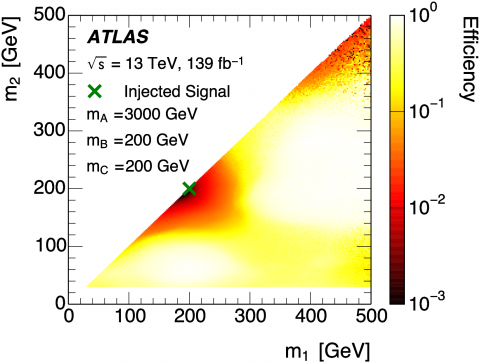
Machine learning qualitatively changes the search for new particles
– The ATLAS Collaboration is exploring novel ways to search for new phenomena. Alongside an extensive research programme often inspired by specific theoretical models – ranging from quantum black holes to supersymmetry – physicists are applying new model-independent methods to broaden their searches. ATLAS has just released the first model-independent search for new particles using a novel technique called “weak supervision”.Read more →

Probing dark matter with the Higgs boson
– Could the Higgs boson decay into dark matter? As dark matter does not interact directly with the ATLAS detector, physicists look for signs of “invisible particles”, inferred through momentum conservation of the proton–proton collision products. The ATLAS Collaboration searched the full LHC Run 2 dataset, setting the strongest limits on the Higgs boson decaying to invisible dark-matter particles to date.Read more →
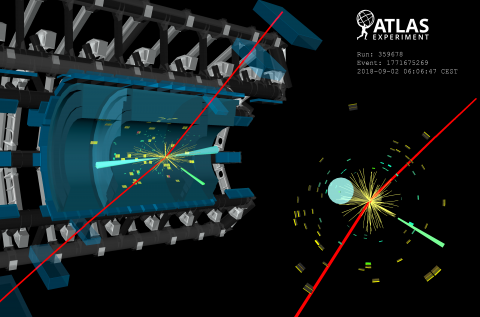
ATLAS searches for rare Higgs boson decays into a photon and a Z boson
– The ATLAS Collaboration has just released a new result searching for the Higgs-boson decay to a Z boson and a photon. This result uses the full LHC Run 2 dataset, analysing almost four times as many Higgs-boson events as the previous ATLAS result.Read more →
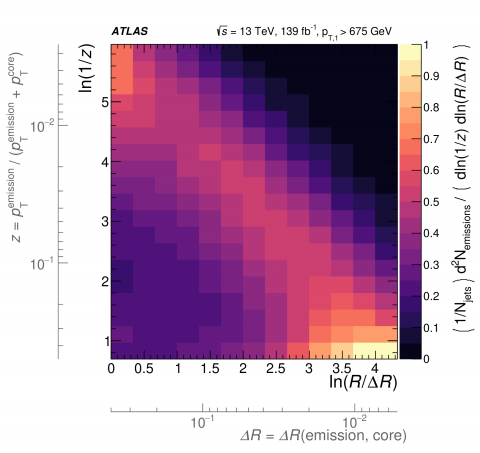
Novel probes of the strong force: precision jet substructure and the Lund jet plane
– A hallmark of the strong force at the Large Hadron Collider (LHC) is the dramatic production of collimated jets of particles when quarks and gluons scatter at high energies. Particle physicists have studied jets for decades to learn about the structure of quantum chromodynamics – or QCD, the theory of the strong interaction – across a wide range of energy scales. Recent theoretical and experimental advancements in their study is now allowing ATLAS physicists to test the strong force in new ways.Read more →




